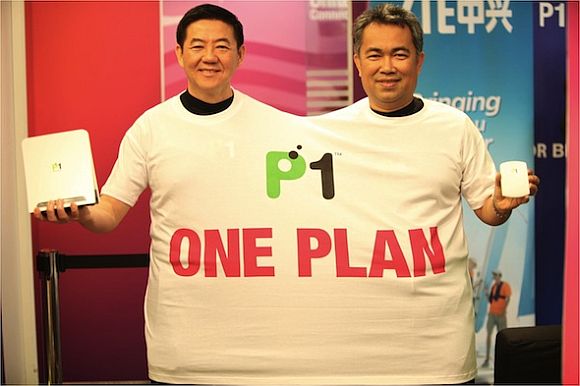
In a press release accompanying the recently launched P1 One Plan, P1 disclosed that the “new” plan was introduced as a response to findings revealed in a consumer study conducted by Frost & Sullivan on Malaysian broadband behavior. It was unclear in the release if the study was commissioned by P1.
The study indicated that only 7% of on-the-go modem users correctly utilize the device for on-the-go broadband while as many as 45 percent of subscribers use their on-the-go modems exclusively at home. The remaining 48% of on-the-go modem users are split using their modems for both home and on-the-go.
Essentially, P1 is saying that a large number of wireless broadband users were using the wrong modem for the wrong purpose…
Here’s a quote from P1 CEO, Michael Lai taken from the press release:
Most people are not aware that an on-the-go modem is not optimised for indoor usage. “Being a much smaller hence more convenient device to carry around, an on-the-go modem is best suited for outdoors. As wireless broadband signal travels through air, it inherently becomes weaker as it penetrates walls and may not be optimally received by the smaller antenna of a pocket-size.
The quote continues:
“By using the devices according to their functions, consumers will have better 4G broadband experience.
Based on this, the One Plan includes in its package two modems. One, an “outdoor” on-the-go modem and the other an “indoor” fixed modem. The logic behind this is that by offering two modems, one for outdoor and the other designed for indoor use, users can use the right modem for the right condition and “by using the devices according to their functions, consumers will have better 4G broadband experience” claimed Michael Lai.
The P1 One Plan includes the Super W1GGY USB 4G modem as part of the package. The Super W1GGY USB 4G modem was introduced by P1 in November last year and in a press release introducing the device P1 stated that the Super W1GGY is equipped with omni-directional antennas to deliver “exceptional quality at home, in the office or on-the-go”.
From the P1 Super W1GGY release:
Technically speaking: it has a 5dBi omni antenna that radiates and receives signals from any direction and automatically selects the best antenna (within the modem) to improve signal strength for better uplink performance. With 25dBm transmission power, it delivers exceptional quality at home, in the office or on-the-go.
Hold up. At launch of the Super W1GGY P1 says that the device is capable of delivering good network performance indoors. The Super W1GGY was designed to improve network reception indoors, that’s the reason why it’s so big compared to other USB modems in the market. Barely a year after the device was introduced it is now saying that the Super W1GGY is not designed to be used indoors.
On the same note, when P1 launched the original W1GGY USB 4G modem back in 2009, it touted the device as the country’s most advanced USB modem with a smart antenna that incorporates MIMO technology. The Super W1GGY is supposed to be an improved version of the W1GGY with even better performance. So what gives P1?
And what about this indoor-outdoor usage differentiation that P1 is putting forth with the One Plan? Based on P1’s logic, fixed modem are designed to be used indoors, while USB modems are designed to be used outdoors. We’re no engineers but as far as we know virtually all USB modems are designed to be used indoors and by indoors we mean everywhere, in malls, cafes, offices and homes. Aren’t all these locations indoors? So what does P1 mean by their on-the-go modem being “best suited for outdoors”? What do they mean by outdoors?
Does it mean that the Super W1GGY and the original W1GGY must be used outdoors ala alfresco for it deliver good performance? We’re no research experts either but it’s safe to assume that you’ll be using your USB modem indoors virtually all the time. So what is P1 trying to say actually? Are they confused with the capabilities of their own devices? Or are they masking the still unresolved network issues plagued the operator?
We can’t say for sure but network reception is somewhat of an endemic for P1 and this flip-flopping is sure not boding well for customer confidence on P1’s part.
[picture credit]
[source 1, 2, 3,]






